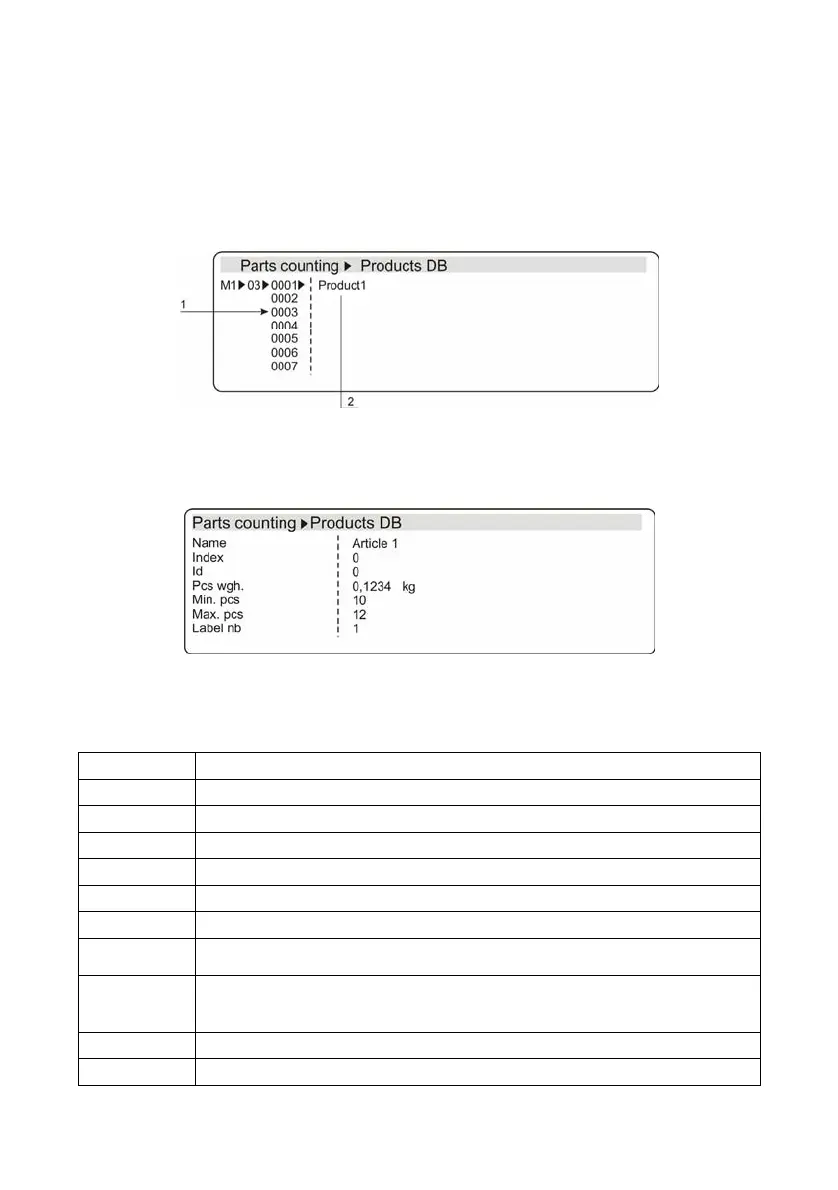
 Loading...
Loading...
Do you have a question about the RADWAG WLT L Series and is the answer not in the manual?
| Model | WLT L series |
|---|---|
| Calibration | External |
| Interface | RS232 |
| Display | LCD |
| Power Supply | Power adapter |
| Units of Measurement | g, kg, lb, oz |
| Housing | Plastic |
| Protection Class | IP43 (splash and dust resistant) |
Configures balance operation modes for piece counting.
Settings for serial communication via RS-232 interface.
Configuration of accessible operating modes like counting and statistics.
How to set the tare weight to determine net mass.
Manually entering a tare value instead of using the tare function.
Using the automatic tare function for convenience.
Procedure for setting the balance to zero before weighing.
Adjusting filter settings for different environmental conditions.
Configuring the automatic zeroing function for stable readings.
Utilizing automatic tare for sequential weighings.
Methods for setting the reference weight of a single piece.
Manually inputting the known weight of a single item.
Calculating piece weight based on a sample quantity.
Performing piece counting with integrated checkweighing.
Performing labelling operations combined with checkweighing.
Enabling automatic label printing when results are stable.
How EAN-128 barcodes are utilized in scales for data exchange.
Connecting and operating a barcode scanner with the balance.
Settings for data transmission, like baud rate and parity.
How to configure automatic data transmission.
Defines the format and structure of commands sent to the balance.
Defines the format and structure of commands sent to the balance.
Defines the format and structure of responses received from the balance.
A comprehensive list of commands for computer control of the balance.